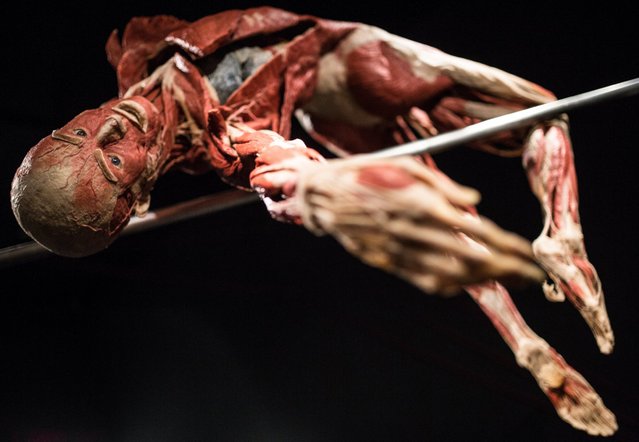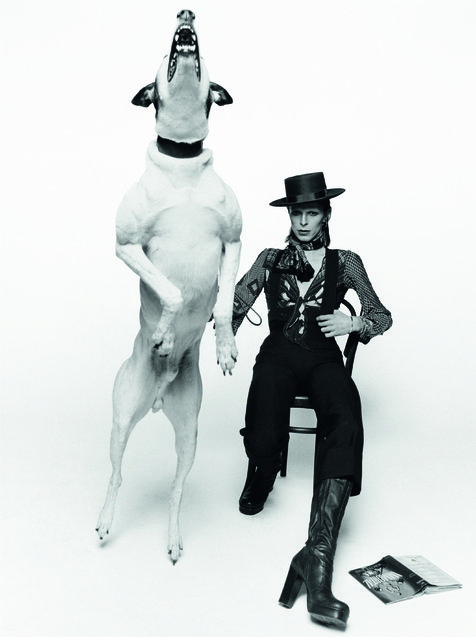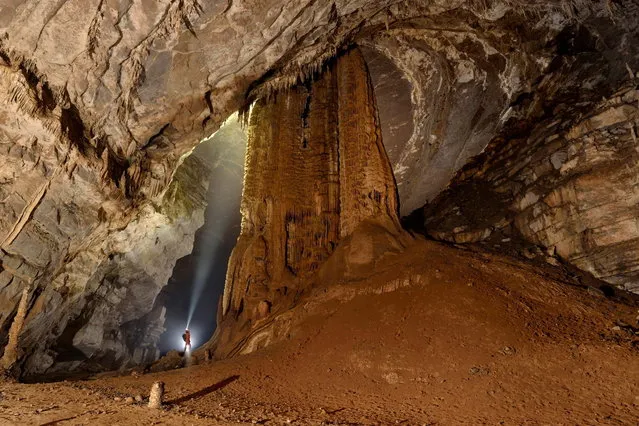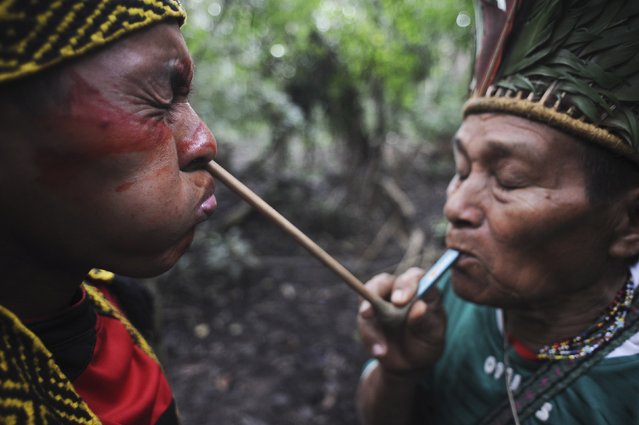
A couple embrace during the start of the San Fermin festival in Pamplona, Spain July 6, 2016. Revelers from around the world kick off the festival with a messy party in the Pamplona town square, one day before the first of eight days of the running of the bulls. (Photo by Vincent West/Reuters)
07 Jul 2016 11:59:00,post received
0 comments







